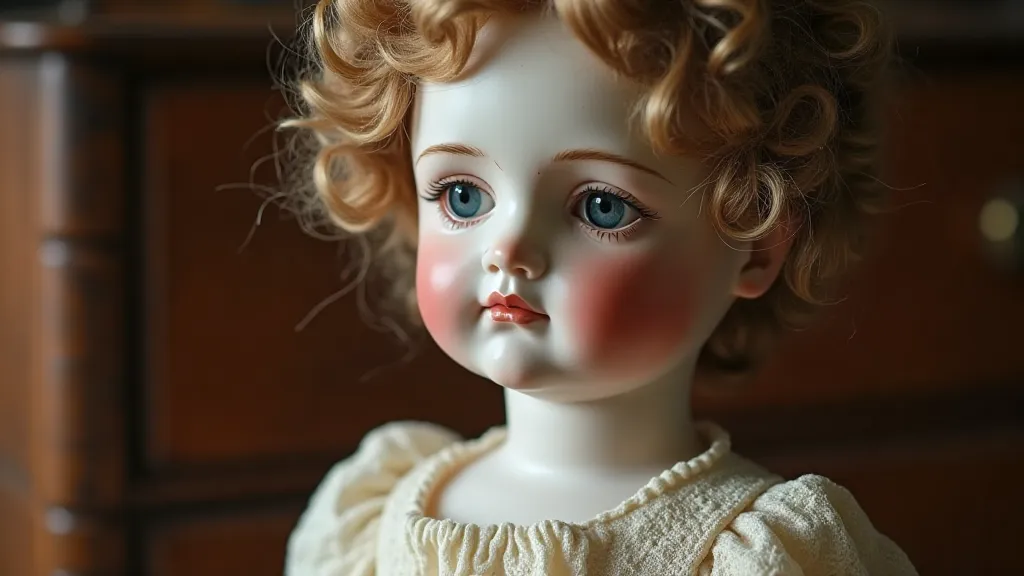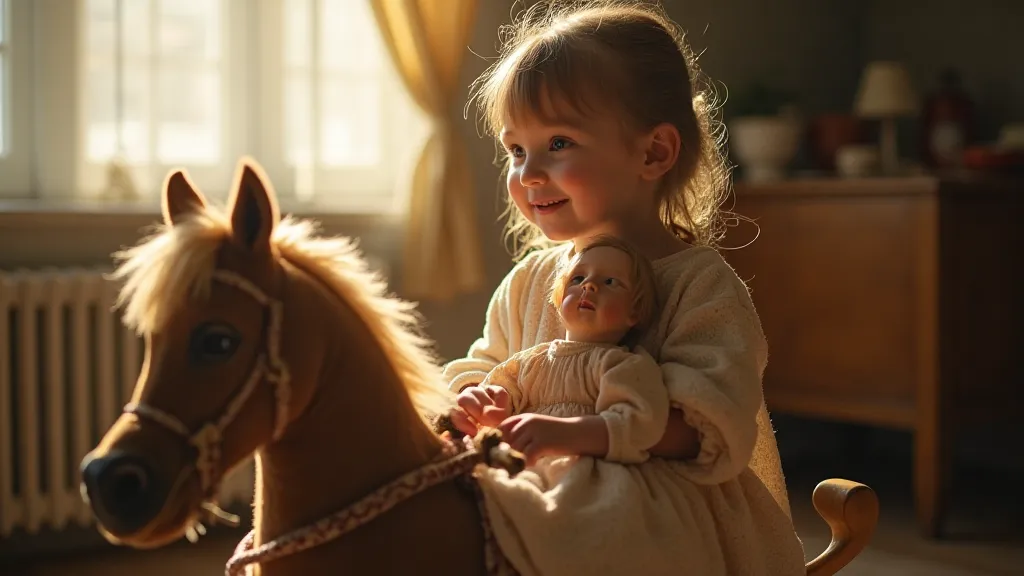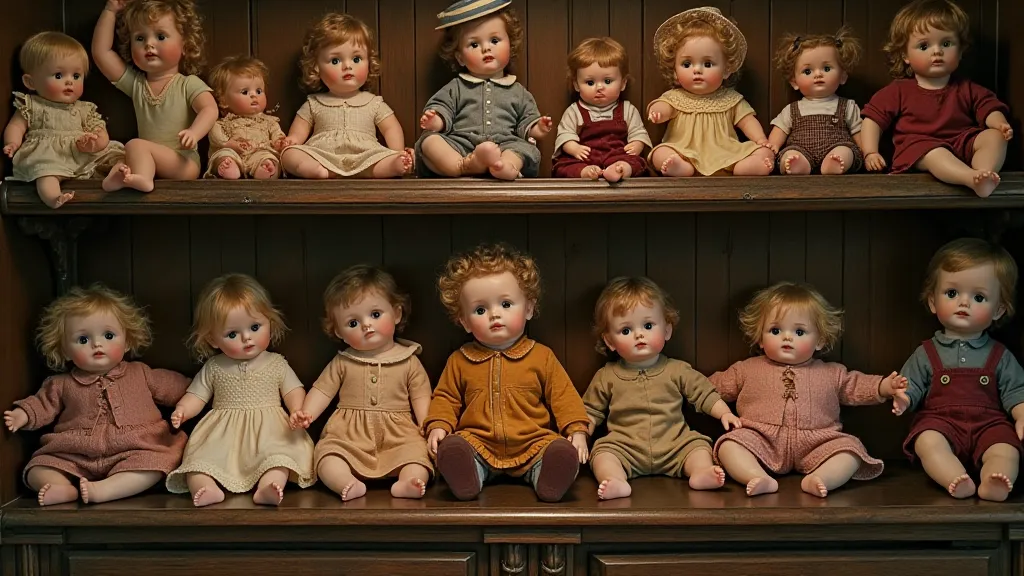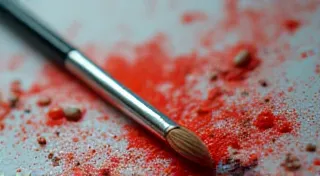The Alchemy of Sentiment: How Antique Dolls Transmute Value Beyond Monetary Worth
There's a peculiar magic that emanates from antique dolls. It’s more than the delicate porcelain skin, the hand-painted features, or the intricate clothing. It’s a resonance, a whisper from the past that tugs at the heartstrings and elevates these objects far beyond their material worth. Collecting antique dolls isn’t merely amassing a collection; it’s inheriting a lineage of stories, dreams, and a profound connection to generations gone by. This alchemy of sentiment is what truly distinguishes them as collectible treasures.
The story of doll collecting itself is interwoven with the evolution of childhood and the changing roles of toys. Early dolls, often fashioned from wood, cloth, or clay, served as surrogates for children who may have lacked other playmates. They were tools for learning social graces, mimicking adult behaviors, and developing imagination. As manufacturing techniques advanced, so too did the dolls themselves, reflecting the fashions and social ideals of their time. The rise of mass production in the 19th century made dolls more accessible, turning them into cherished gifts and emblems of prosperity.

The Hand of the Artisan: Appreciating Craftsmanship
One of the most compelling aspects of antique doll collecting is the opportunity to appreciate the skill and artistry of the bygone era. Before the age of automated processes, each doll represented hours of painstaking labor. Consider the delicate hand-painting of the eyes, capable of conveying a range of emotions – joy, sadness, innocence, or even a hint of mischief. The intricate stitching of the clothing, often crafted from luxurious fabrics like silk or velvet, demonstrates a level of detail and precision that is rarely seen today. The artistry extends to the wigs, meticulously styled and often made from human hair, adding a layer of realism and charm. These weren't just toys; they were miniature works of art.
The names conjure a reverence: Jumeau, Bru, Kestner. These were the titans of the 19th-century French doll-making industry, known for their exquisitely crafted bisque dolls. German manufacturers like Armand Marseille and Kammer & Ritter also produced significant numbers of dolls, each with its own distinct style and character. Recognizing these marks – a tiny signature on the neck, a characteristic facial expression – is a crucial step for any serious collector. It’s about understanding not just *what* you have, but *who* created it, and what that signifies in the history of toy making.
More Than Just Porcelain: The Emotional Connection
While rarity, condition, and maker's mark certainly contribute to a doll's monetary value, the true worth often resides in the intangible. It's the echo of a child's laughter, the comfort offered during a moment of sadness, the enduring symbol of a cherished memory. I remember my grandmother's doll, Clara. She wasn’t particularly rare; she was a simple cloth doll with button eyes and a faded floral dress. But Clara represented something profound. She was a constant presence in my grandmother’s life, a silent confidante during times of war and hardship. Holding Clara, I felt a tangible link to my family history, a sense of continuity that transcended generations.
The power of nostalgia is a potent force in the collecting world. Antique dolls often evoke a longing for a simpler time, a romanticized vision of childhood innocence. They are visual time capsules, transporting us back to an era of lace curtains, gaslight, and handwritten letters. A worn teddy bear, a chipped porcelain face, these imperfections aren’t flaws; they’re badges of honor, evidence of a life lived and loved.

Restoration & Preservation: Respecting the Past
The question of restoration is a complex one in the antique doll collecting world. While some collectors prefer to preserve dolls in their original, untouched condition, others believe that careful restoration can bring a doll back to its former glory. The key is to approach restoration with respect and sensitivity. A skilled restorer will strive to repair damage while maintaining the doll’s authenticity and historical integrity. Overly aggressive restoration can actually *decrease* a doll’s value by obscuring its age and history.
Cleaning is often the first step. Years of dust and grime can obscure a doll’s features and detract from its beauty. Gentle cleaning with appropriate materials can reveal the doll’s true colors and bring its character to life. Repairs to limbs, faces, and clothing are often necessary, but should be undertaken by experienced professionals who understand the nuances of antique doll construction.
Collecting Beyond the Price Tag
Ultimately, collecting antique dolls is about more than just acquiring objects. It’s about forging a connection to the past, celebrating craftsmanship, and preserving a piece of childhood history. It’s a journey of discovery, a chance to learn about different cultures, eras, and artistic styles. The monetary value of an antique doll is merely a reflection of its rarity, condition, and historical significance. The true treasure lies in the stories it holds, the memories it evokes, and the enduring legacy it represents.
Consider the children who once cherished these dolls. Imagine their games, their dreams, their joys and sorrows. These dolls are silent witnesses to a bygone era, offering a glimpse into the lives of those who came before us. And by collecting and preserving them, we ensure that their stories continue to be told for generations to come.






